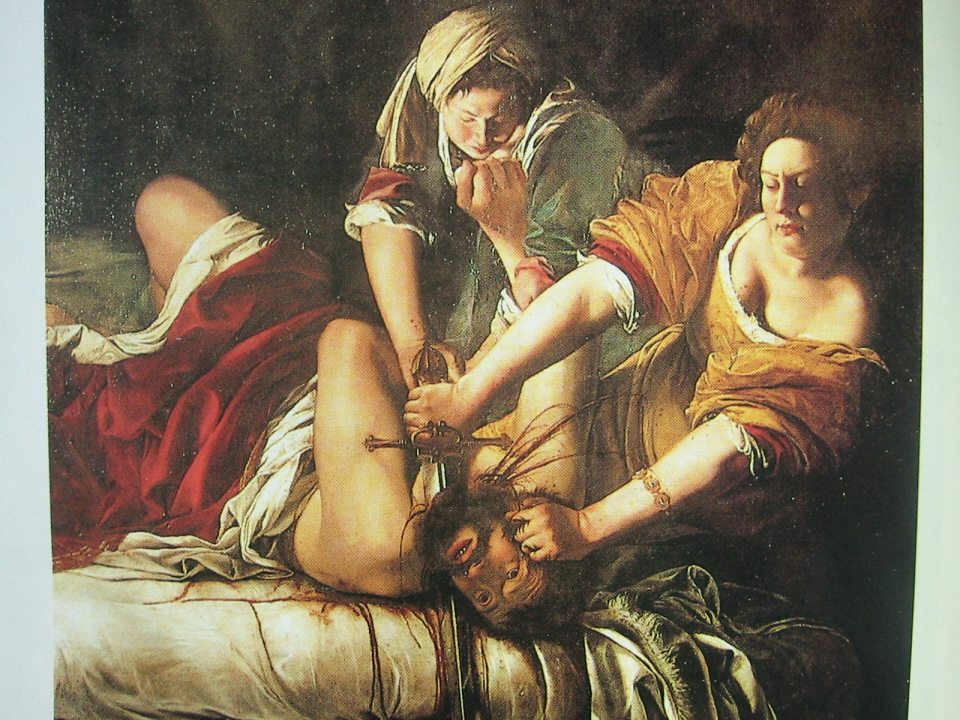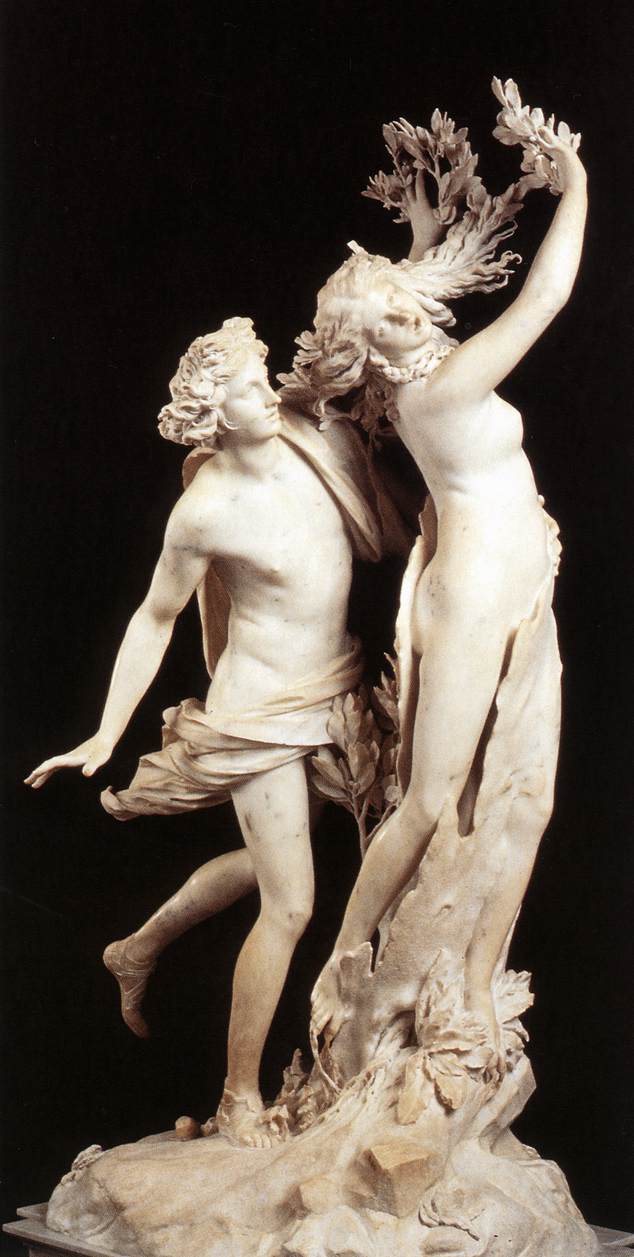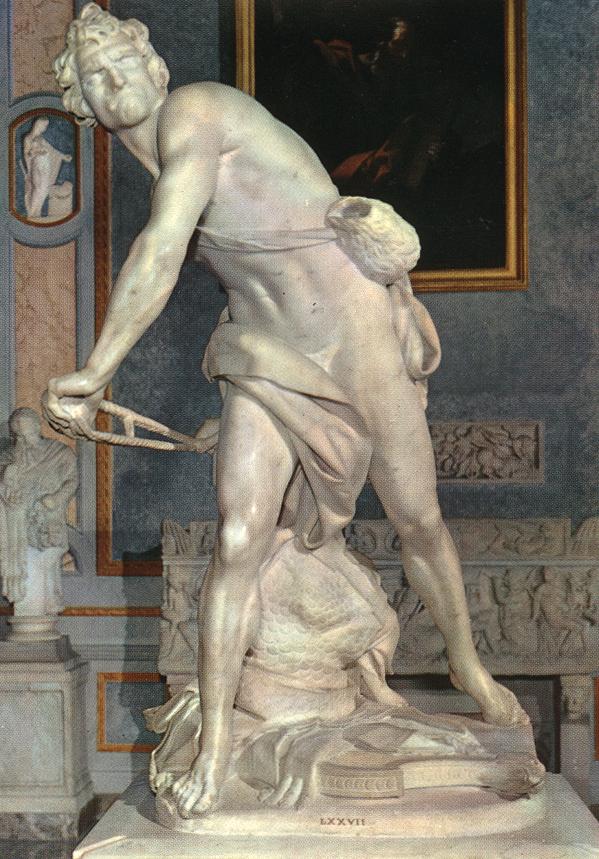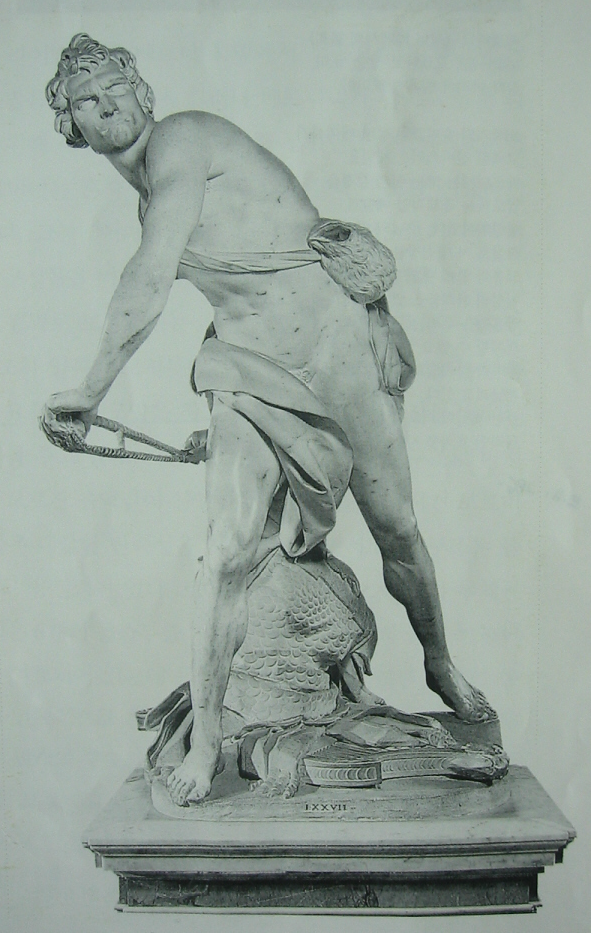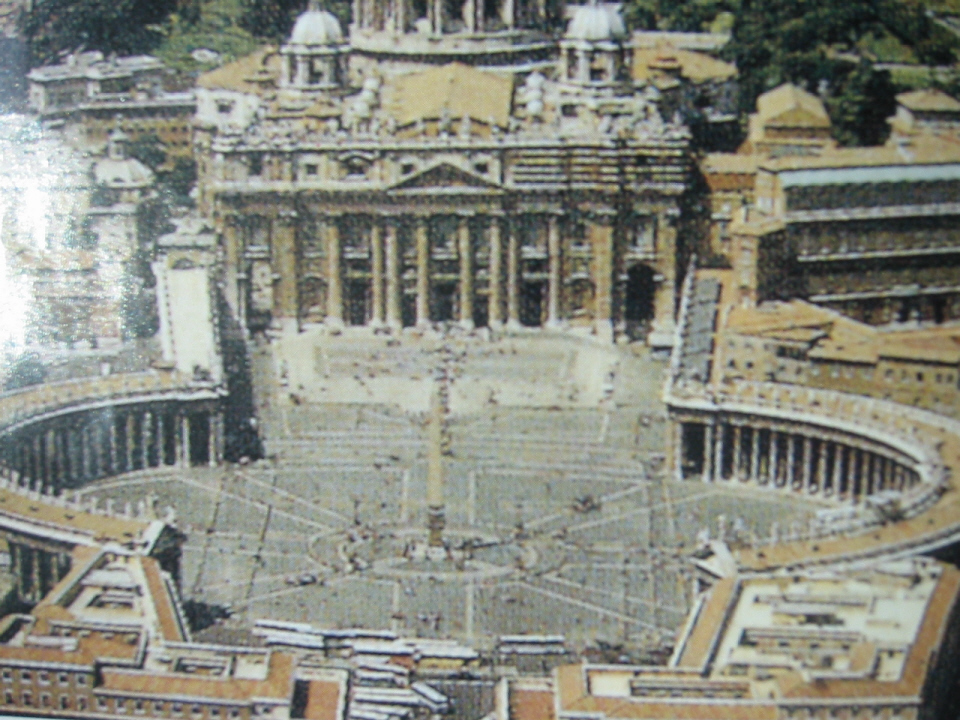Baroque
힘있는 구도와 드라마틱한 표현은 르네상스의 고전 양식이 점차 깨지고 격정적인 바로크 양식으로 변화하고 있음을 보여준다.
르네상스 매너리즘에 이어 17세기에 등장한 바로크.
바로크 하면 떠오르는 빛
어둠과 밝음의 극적인 대조로 작품의 인상이 한층 강렬하다.
마치 무대연출과 같은 작가의 천재적인 구성으로 인해 하이라이트 빛의 주인공을 찾아볼 수 있다. 강한조명, 스포트라이트
Baroque period, era in the history of the Western arts roughly coinciding with the 17th century. Its earliest manifestations, which occurred in Italy, date from the latter decades of the 16th century, while in some regions, notably Germany and colonial South America, certain of its culminating achievements did not occur until the 18th century. The work that distinguishes the Baroque period is stylistically complex, even contradictory. In general, however, the desire to evoke emotional states by appealing to the senses, often in dramatic ways, underlies its manifestations. Some of the qualities most frequently associated with the Baroque are grandeur, sensuous richness, drama, vitality, movement, tension, emotional exuberance, and a tendency to blur distinctions between the various arts.
A term used in the literature of the arts with both historical and critical meanings and as both an adjective and a noun. The word has a long, complex and controversial history (it possibly derived from a Portuguese word for a misshapen pearl, and until the late 19th century it was used mainly as a synonym for `absurd' or `grotesque'), but in English it is now current with three principal meanings.
- Primarily, it designates the dominant style of European art between Mannerism and Rococo. This style originated in Rome and is associated with the Catholic Counter-Reformation, its salient characteristics--overt rhetoric and dynamic movement--being well suited to expressing the self-confidence and proselytizing spirit of the reinvigorated Catholic Church. It is by no means exclusively associated with religious art, however, and aspects of the Baroque can be seen even in works that have nothing to do with emotional display--for example in the dynamic lines of certain Dutch still-life paintings.
- Secondly, it is used as a general label for the period when this style flourished, broadly speaking, the 17th century and in certain areas much of the 18th century. Hence thus phrases as `the age of Baroque', `Baroque politics', `Baroque science', and so on.
- Thirdly, the term `Baroque' (often written without the initial capital) is applied to art of any time or place that shows the qualities of vigorous movement and emotional intensity associated with Baroque art in its primary meaning. Much Hellenistic sculpture could therefore be described as `baroque'.
The older meaning of the word, as a synonym for `capricious', `overwrought' or `florid', still has some currency, but not in serious criticism.
Caravaggio, Michelangelo Merisi da

1602; Oil on canvas, 9' 8 1/2" x 6' 2 1/2"; Contarelli Chapel, Church of San Luigi dei Francesi, Rome
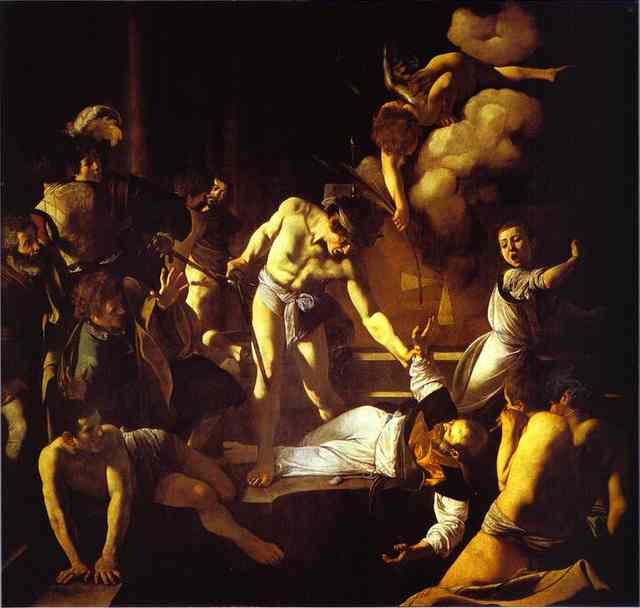
St. Matthew (apostle), born as Levi son of Alphaeus (Gospel by St. Mark), is traditionally believed to be the author of the first Gospel. Before his vocation he was a tax collector in Capharnaum. After the scattering of the apostles, St. Matthew preached in Ethiopia. There he unmasked two magicians, who were worshiped as gods, triumphed over the magicians' dragons and resurrected the daughter of King Hegesippus, who was thus converted. He was executed for protesting against the marriage of King Hirtiacus with his niece Iphigenia, by beheading, burning at the stake or stoning. Matthew is the patron saint of bankers and tax officials.
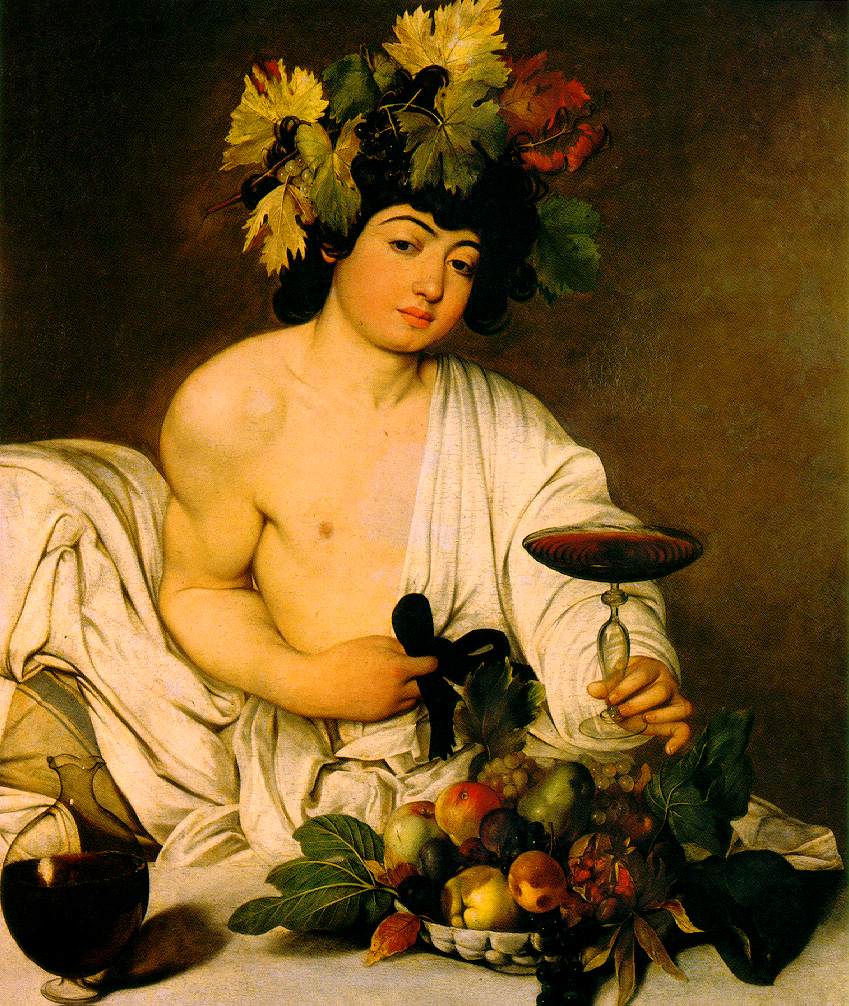
c. 1597; Oil on canvas, 37 3/8 x 33 1/2 in; Uffizi, Florence
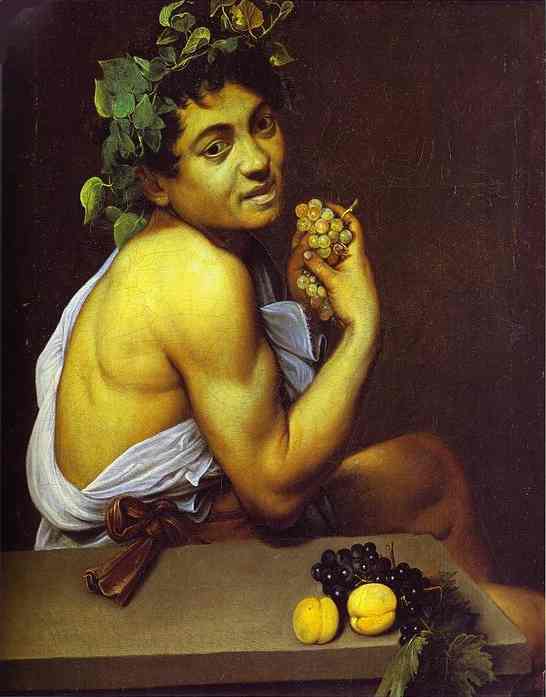
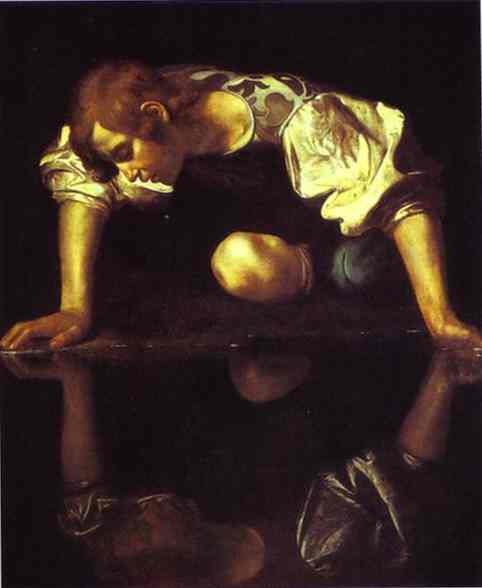
"나르시스트의 샘물" - 나르키소스라는 샘물에 비친 그림자가 자신의 모습인지도 모르고 물에 비친 자신에게 사랑을 갈구하다 목숨을 잃는 이야기.
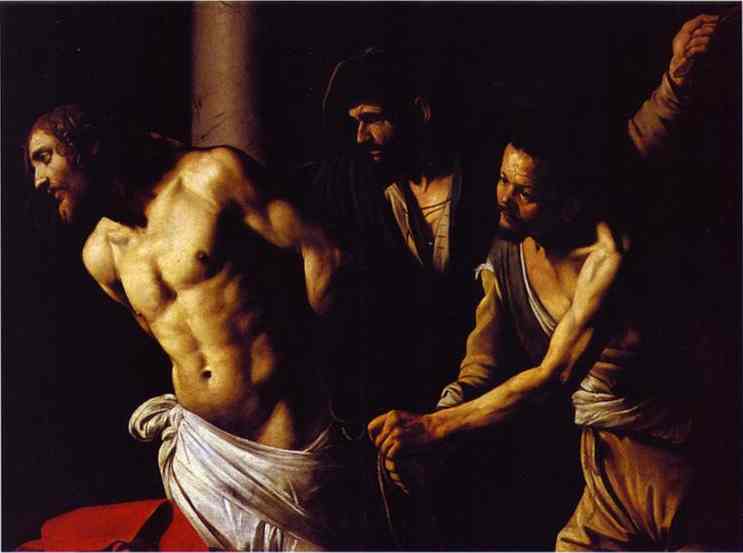
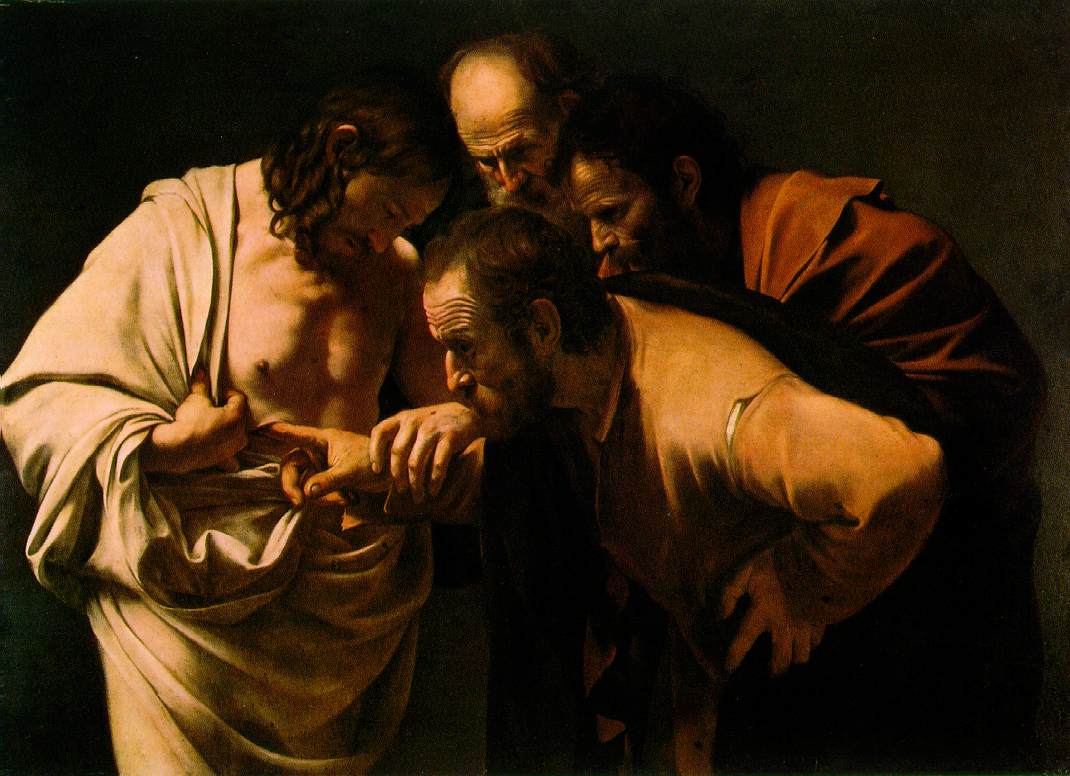
1601-02; Oil on canvas, 42 1/8 x 57 1/2 in; Neues Palais, Potsdam
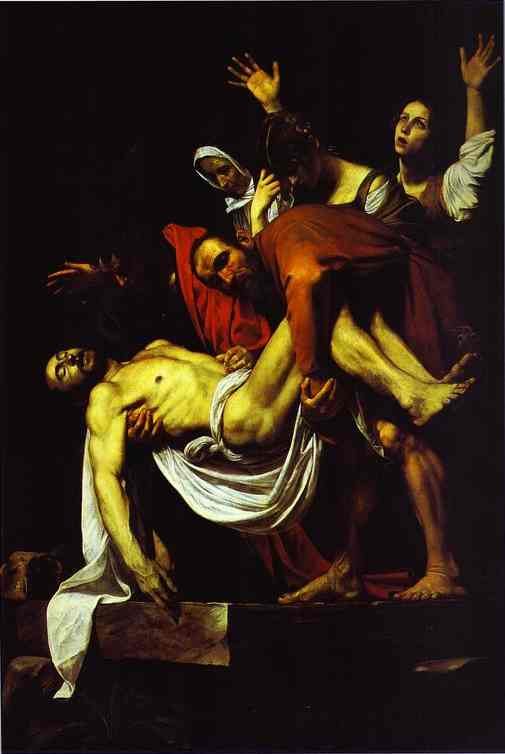
1604; Pinacoteca Vaticana in Rome
예수매장. 빛과 어둠을 구분하는 명암법은 중요한 부분을 강조하고 그렇지 않은 부분은 어둠속에 감춥니다. 예수의 시신을 매장하기 위해 시신을 들어 올리는 장면.

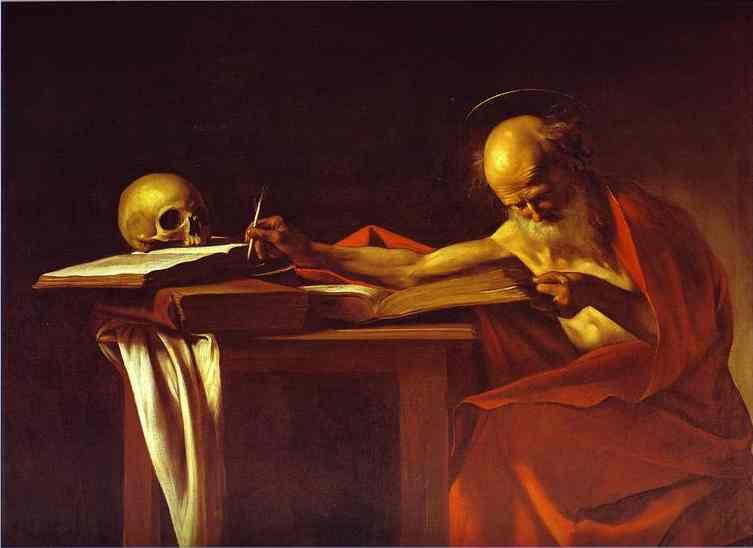
St. Jerome (or St. Hieronymus) with Ambrose, Augustine and Gregory is one of the four Latin Doctors of the Church. Born in Dalmatia around A.D. 340, he came to Rome to learn Greek and Latin, there he was baptized and traveled to Holy Land. He retired to the Syrian Desert for 3 years. Returning to Rome in 382, he got acquainted with Pope Damasus, who persuaded him to make Latin translations of Hebrew and Greek manuscripts. Jerome dedicated the rest of his life to this substantial task, first in Rome, then in Palestine. He finished his translation after years of colossal work and died in Bethlehem in 420. His translation has been revised and supplemented more than once, but is recognized by the Roman Catholic Church as the official version of the Bible.
The legend embellished Jerome’s life as a hermit and scholar; the fantastic are included, such as the temptation, to which he was subjected in the desert, his visions, and his lion, which he had tamed by removing a thorn from its paw. In fine arts he is depicted with Bible, accompanied by a lion.
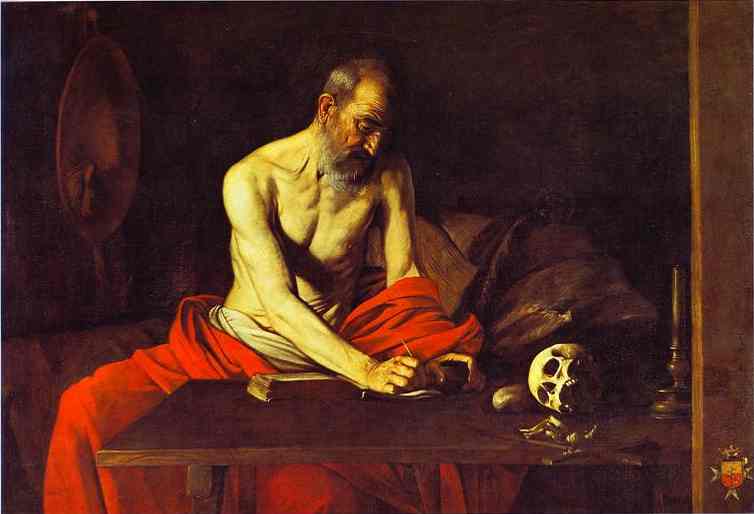
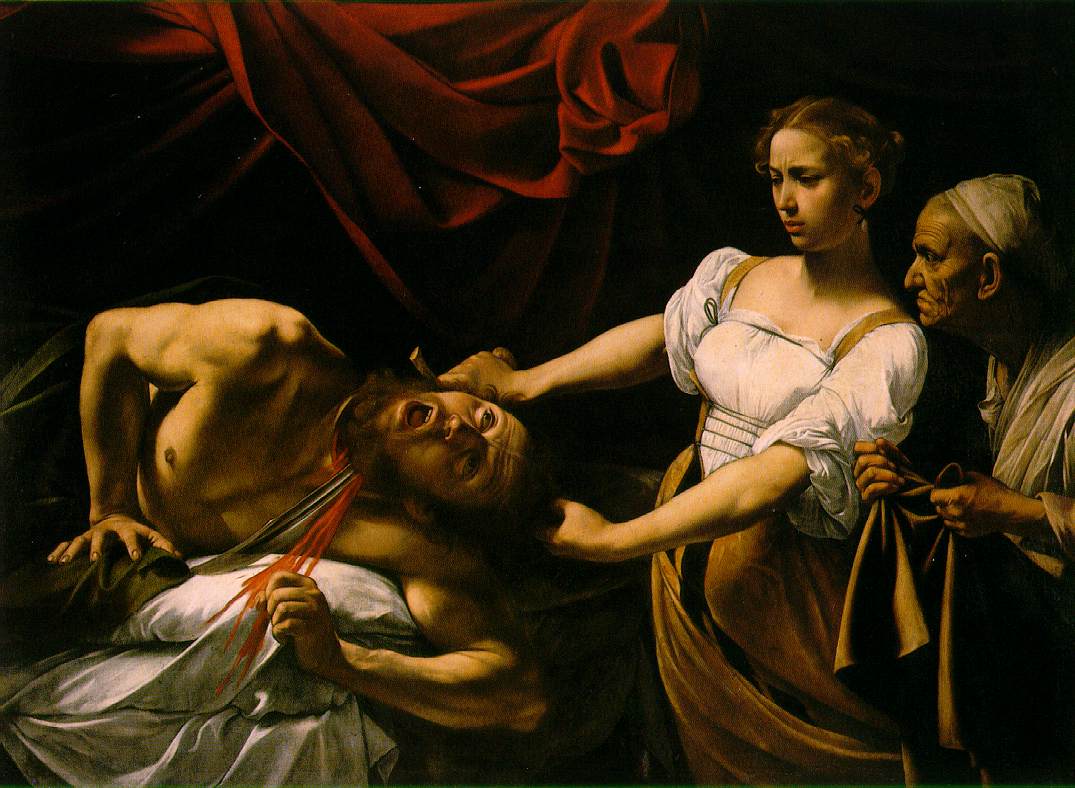
c. 1598; Oil on canvas, 56 3/4 x 76 3/4 in; Galleria Nazionale dell'Arte Antica, Rome
이스라엘의 젊은 과부인 유딧. 앗시리아의 군대가 홀로페르네스를 앞세우고 쳐들어오자 곤경에 처한 나라를 위해 적장에게 찾아가 술을 먹인 뒤에 목을 잘랐다고 합니다. 이스라엘은 유딧의 용감한 행동덕분에 국난을 극복.,
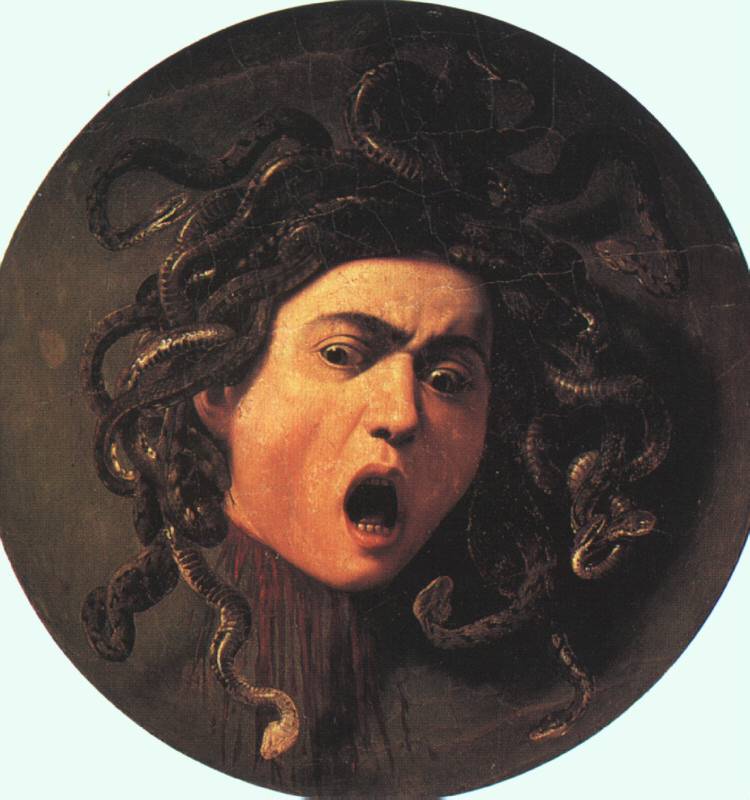
Medusa
after 1590; Oil on canvas mounted on wood; Uffizi

David is the most popular hero of the Bible, his story is told in The First and in the Second Books of Samuel. He descended from the tribe of Judah, started his career as a shepherd, and was anointed by the prophet Samuel, 'And the Spirit of the Lord came mightily upon David from that day forward' (1 Samuel 16:13).
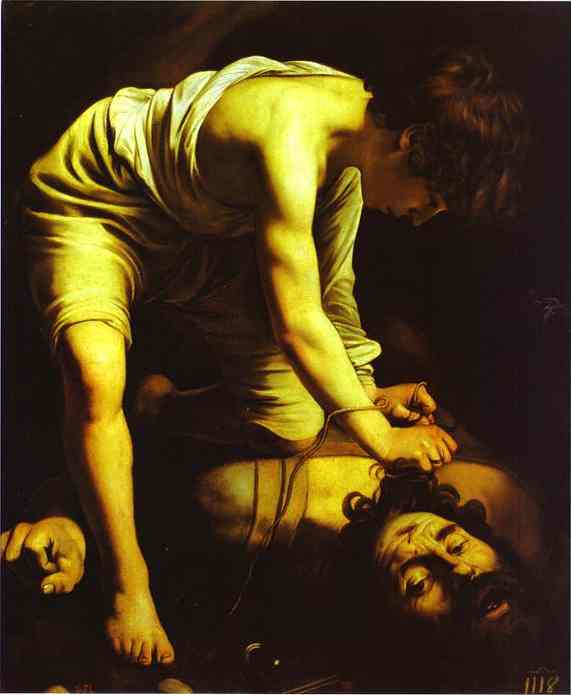

|
BERNINI, Gian Lorenzo
(b. 1598, Napoli, d. 1680, Roma)
Apollo and Daphne
|
1623-24
Marble, height 170 cm
Galleria Borghese, Rome
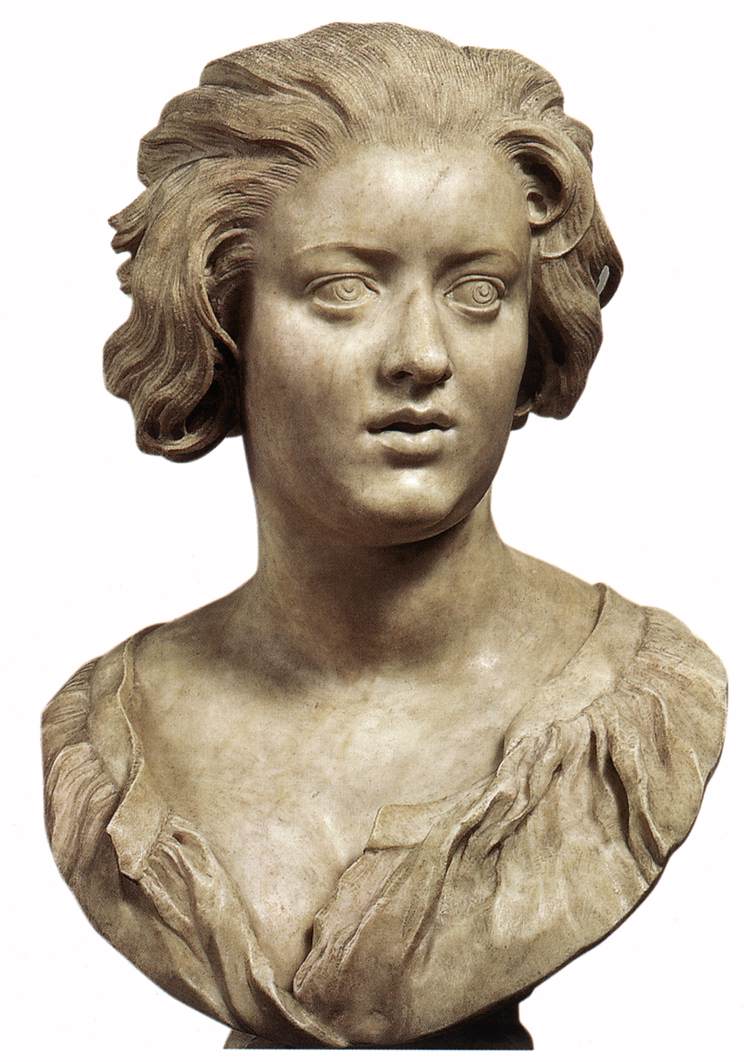
c. 1635
Marble, height 70 cm
Museo Nazionale del Bargello, Florence

1647-52
Marble, stucco, gilt bronze
Cappella Cornaro, Santa Maria della Vittoria, Rome
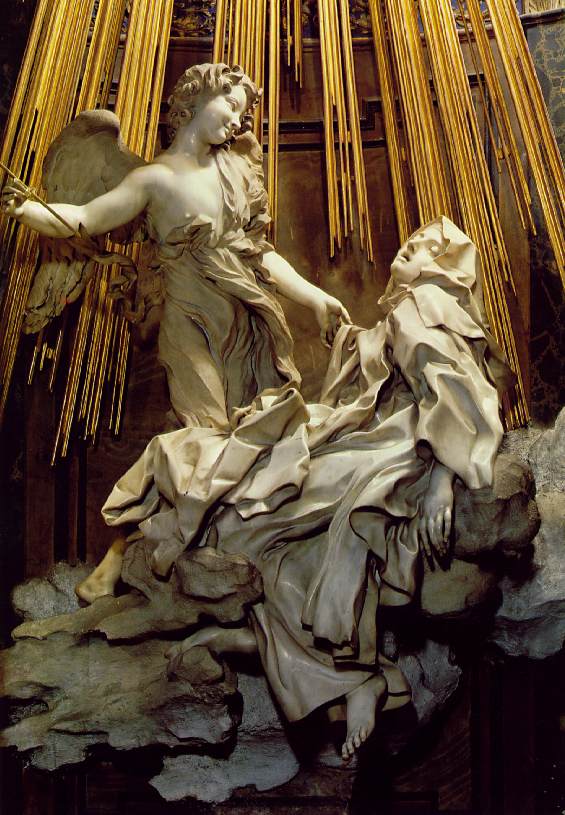
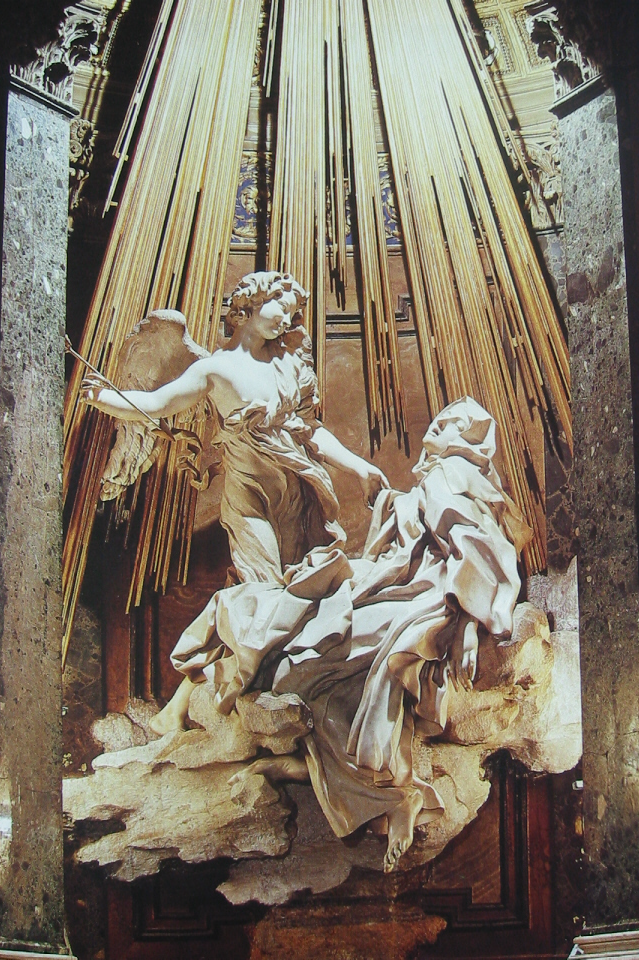
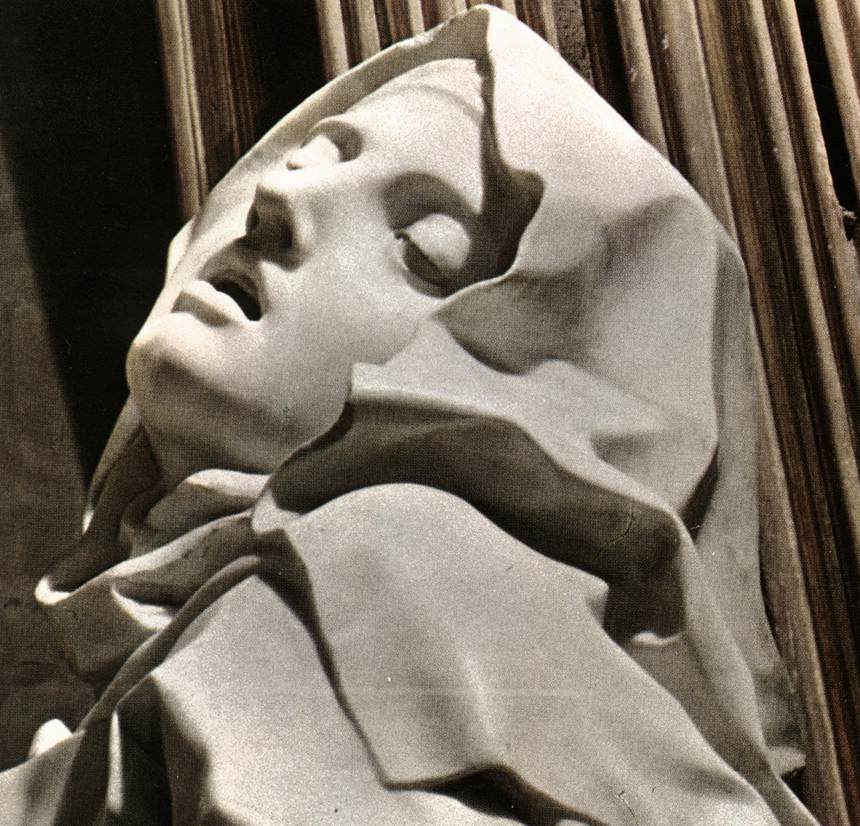
https://youtu.be/RKcJvjP9zgY
|
PALMA GIOVANE
(b. 1544, Venezia, d. 1626, Venezia) |
Tiepolo, Giambattista [1696-1770]
'History of Arts > Baroque & Rococo' 카테고리의 다른 글
| 렘브란트 (0) | 2010.02.24 |
|---|---|
| * mimic06 (0) | 2007.11.22 |
| 로코코 (0) | 2007.10.03 |
| 바로크 - Espagne (0) | 2007.10.02 |
| 바로크Baroque (1600-1790)- Pays-Bas (1) | 2007.10.01 |
